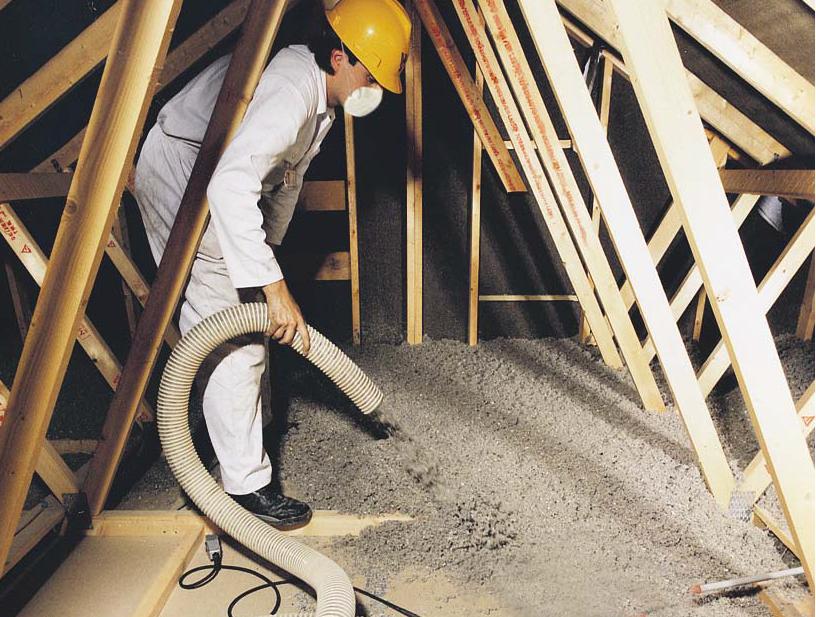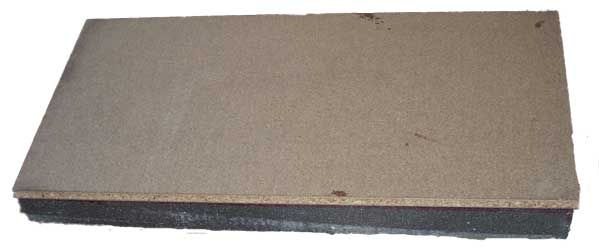Roof & Attic Insulation
Depending on a clients particular requirement they will generally need to insulate their attic space at ceiling level or at the pitch. By ceiling level we mean that the insulation will be rolled out between and over the joists on the floor of the attic. Pitched roof insulation is placed into the slope of the attic space between the timbers at head level.
If the attic is not a living space within the house and only used for storage the attic should be insulated at ceiling level. This will prevent the heat from the house entering the attic space. If the attic space is used as a live in area then the pitch of the attic is insulated. This means that the heat from the downstairs section of the house is free to circulate into the attic.
 |
Ceiling Level InsulationMinimum Thickness Installed: 300mm U-value Achieved: 0.13W/m2K 100mm Insulation is rolled out between the joists and 200mm Insulation is rolled out over the joists. Once the attic is fully insulated the timbers on the floor of the attic will not be visible. |
 |
Warmcell Loft InsulationMinimum Thickness Installed: 300mm U-value Achieved: 0.15W/m2K Warmcel 300 Loft Insulation is a wood based cellulose fibre, treated with in-organic salts to provide protection against fire and used as a thermal insulation material which is mechanically blown into attics. Ideal for hard to access areas of the attic. |
 |
Loft Insulated Sheets for Access and StorageMinimum Thickness Installed: 100mm U-value Achieved: 0.13W/m2K 150mm Insulation is rolled out between the joists and the KORE Loft is fixed the the joists. The Sheet composite is 100mm Silver SD EPS with 18mm tongue and grooved chipboard. Once fixed into place it allows the homeowner to use the attic for storage and safe access. |
Where an attic is insulated at ceiling level a number of best practice installation methods must be followed to avoid the attic pipes and tank in the attic from freezing. Firstly all pipes should be insulated with a minimum 19mm wall of insulation. Where pipes are tightly fitted together not allowing for the thicker insulation, flexible insulation should be tightly wrapped around the pipes and taped at either end. All Pipe junctions should be fully covered in insulation and all joints should be taped.
The Cold Water and Header Tank should be completely insulated with a lagging jacket of 80mm nominal thickness. Underneath the tank should not be fitted with insulation where the underside of the storage tank is less than 300mm above the finished level of insulation. In this situation the insulation should form a skirt around the bottom of the tank. If the storage tank is greater than 300mm above the finished level of the insulation, the insulation should be installed below the tank and underneath the tank should also be insulated.

